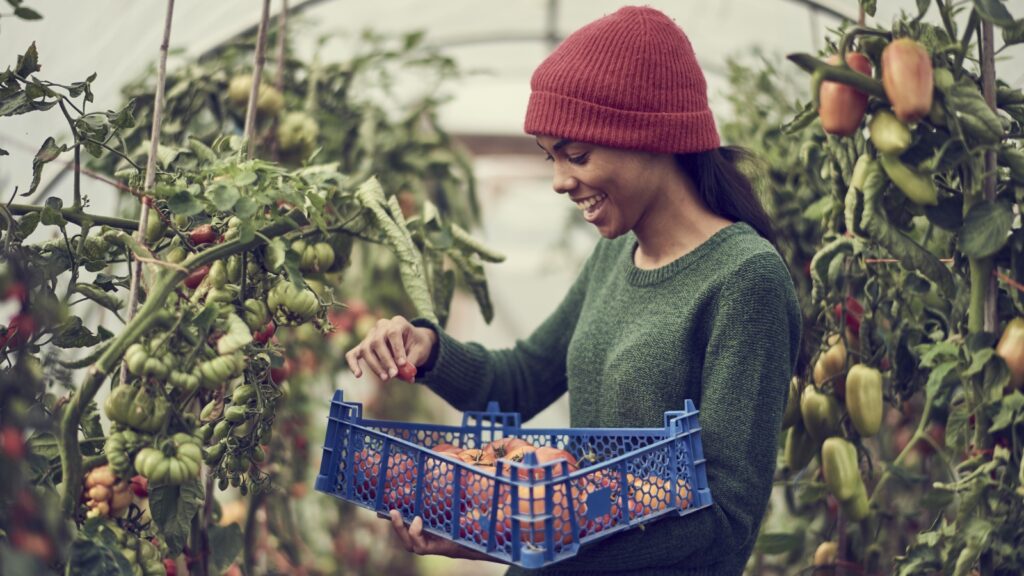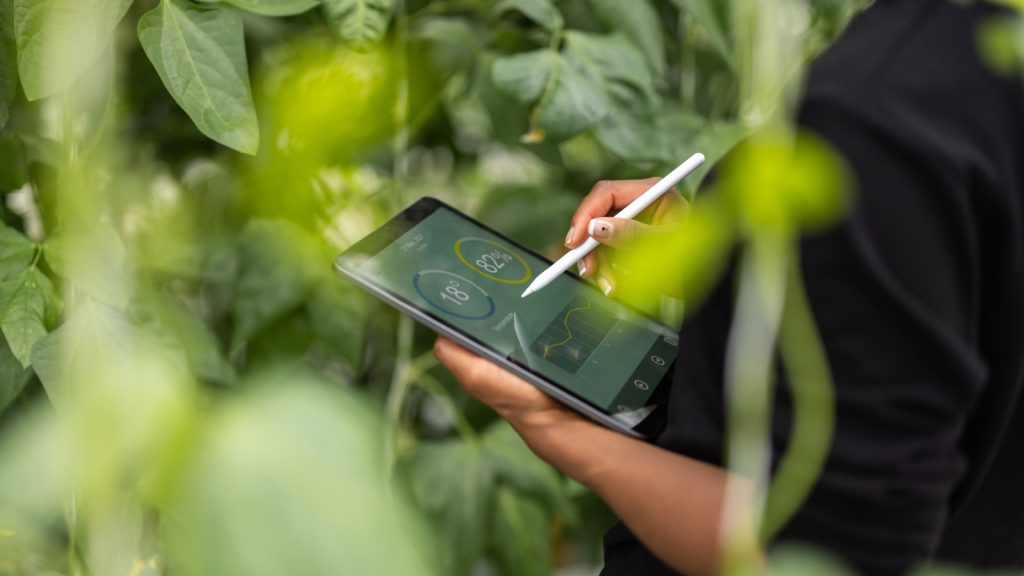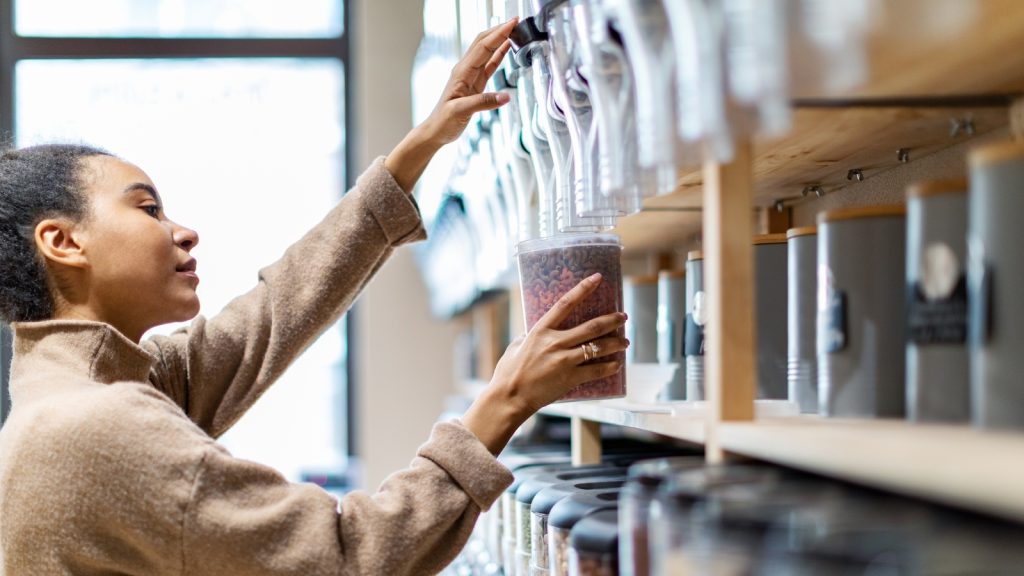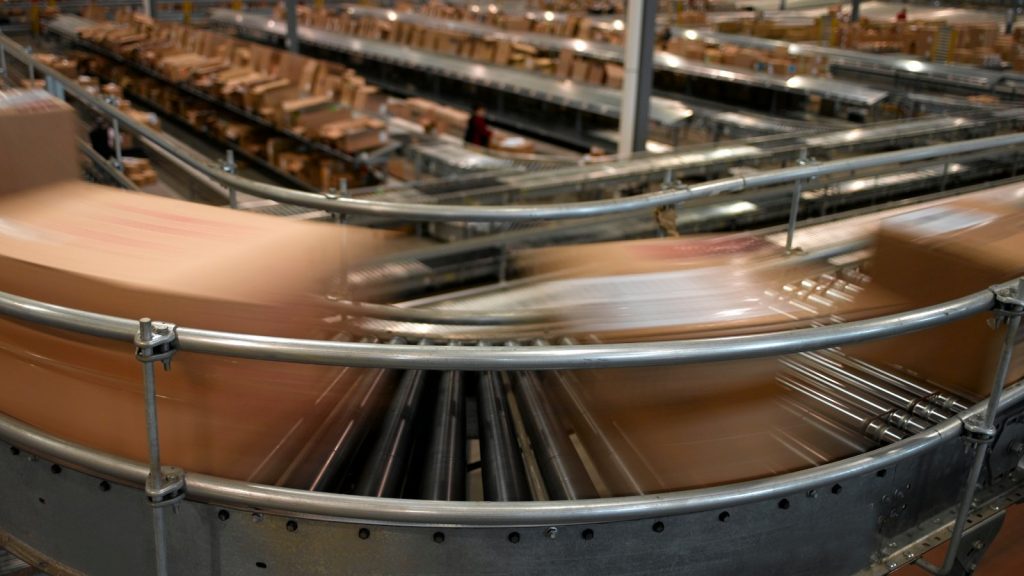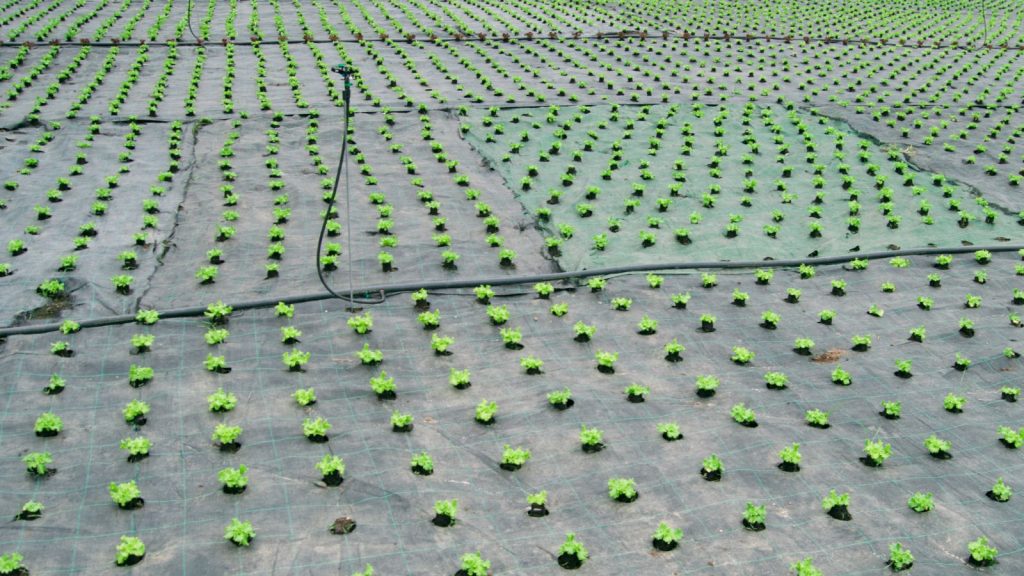
Can the US food & beverage sector risk not reporting on sustainability issues?
Can the US food & beverage sector risk not reporting on sustainability issues?
While US sustainability reporting regulations are less mature than Europe, there is recognition in the US that sustainability needs to be considered more comprehensively than simply a compliance or quality function. But for many privately owned businesses (POBs) in the food and beverage sector, what sustainability metrics to consider, how to efficiently report to address all stakeholders’ expectations and, importantly, use them as a stepping stone to improving the business model are huge stumbling blocks to implementation.
To some extent, many companies have adopted a ‘back burner’ approach as they wait for more stringent regulations before committing already tight budgets to sustainable resources. However, with a sector that’s highly globalised and customers along the supply chain already asking critical questions on what concrete and measurable sustainability policies companies have in place, it’s an approach that carries significant risks. Companies now need to strategise their long-term sustainability reporting policies while at the same time developing a short-term approach to give customers confidence. So what can companies do to help achieve this balancing act?
Define where you are and be clear on your objectives
Understanding and identifying your sustainability starting point is essential to your ability to move forward. You may already have initiated certain sustainability activities or even policies, but can you measure their impact? Do you have appropriate datasets in place? Also, be clear on what sustainable means to your organisation and what’s material to your business. If you are a producer, then your metrics will be different to a distributor where, for example, packaging will be of higher importance. What do your customers want to know? These questions are all vital to the success of your next move. It’s not so much where you are on the road; it’s about being on the right road.
Get a process in place and focus on the data
Defining the starting point of your sustainability journey enables you to put a process in place to gather relevant information. At this stage, it doesn’t need to be a sophisticated system but one where you can easily find the answers to customers’ questions. What data you gather and how you measure it is an extremely important part of the process. By taking time to focus on what information customers and regulators need to know helps to ensure the data you gather is relevant. A focus on appropriate data also provides the building blocks to gain a clearer snapshot of sustainability achievements and where you need to improve. You can then build on this to the level where reporting is automated and regularly updated. At the very least, customers need to see that you are progressing and have begun a robust process to gather the correct information. With good foundations, metrics to measure impacts become easier to identify and implement.
Think of it as a journey (it is!)
The phrase, “It’s the journey, not the destination” can feel a bit cliched, but in the case of sustainability, it’s a valid point. In reporting terms, it means you don’t have to go from a standpoint to full throttle. Again, it’s about satisfying customers that you have a sustainability reporting process in place. Once you have built the foundations, you can look at your strategy holistically to identify your weak spots and where you need to tweak the needle to improve. Sustainability goals will continuously shift and change as the business model and the economic landscape evolves. Having a strategy that is resilient enough ensures you stay on track as you grow and progress along this journey.
Change the narrative from cost to value creator
It’s easy to see why sustainability reporting can be seen as a high-cost centre. But done correctly, it can lead to long-term savings that more than pay for the effort and costs you plough into its development. A deep dive into sustainability issues across the company can often also reveal ways to make operations and processes more efficient, which assists the bottom line. In addition, it helps to retain and attract new talent, particularly a new generation of employees more comfortable working for a company with a sustainable ethos. Changing the perspective from a costly necessity to a way of creating long-term value can help elevate sustainability reporting to a business opportunity.
Plan ahead and don’t bet on relationships over sustainability
Sustainability issues often lack a committed investment strategy. But this can only take a company so far. It needs buy-in from top management to embed sustainability into the business strategy and communicate the benefits to the broader workforce. While you may not yet be at full throttle in your sustainability reporting, at some point you will need a dedicated investment policy and experienced and dedicated staff to drive the process forward. It’s tempting to delay allocating resources, particularly if you have long-standing client relationships. But, if not already, these clients are also under pressure to take sustainability seriously, or have to comply with regulatory demands to monitor suppliers. So by avoiding committing to sustainability reporting, you risk losing clients and a competitive edge in the future.
Visualise progress by benchmarking your competitors
Companies in the food and beverage sector have many different challenges based on whether they are producers, manufacturers or distributors. So it’s sometimes hard to envisage what good sustainability reporting for the industry looks like. By identifying your closest competitors, you can analyse available sustainability reports for information that is material to your operations. What is it you like or dislike about the information? What metrics are used? Importantly, is what and how they report on sustainability giving them a competitive edge? By benchmarking your approach against your competitors, you can see where you are in your journey and begin visualising what sustainability progress could look like.
With regulations set to become more stringent globally, and emerging in the US, now is the time for companies in the food and beverage sector to dip their toes in the water and create a robust strategy for sustainability. It doesn’t have to be the final version, but it must have substance and integrity from the get-go. Intent to make progress gives a clear sign to clients that you know which path to take and, importantly, you are on it. The key question now is whether you can afford the risk of not moving forward on sustainability?



